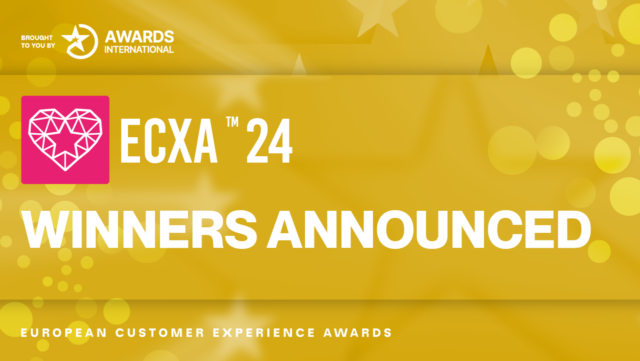May 21, 2025
78% of shopper moments now have nothing to do with sales

The age of the big bang sales event may be over.
According to The New E-Commerce Calendar, a global report released today by Intuit Mailchimp in partnership with behavioural consultancy Canvas8, nearly 80% of the moments shaping consumer behaviour today aren’t tied to retail promotions.
Instead, shoppers are increasingly influenced by personal milestones, cultural rituals, and entertainment-fueled impulses, often with no discount in sight.
Drawing on insights from over 9,000 shoppers across 13 countries and interviews with retail and behavioural experts, the report finds that the traditional retail calendar has been upended. The holiday season, once the undisputed centrepiece of brand strategy, now accounts for just 10% of annual engagement opportunities. What’s replaced it is a noisy, nonlinear flow of shopping triggers—up to 15 distinct occasions per month—that marketers are scrambling to decode.
“Something’s celebrated every day if you look for it,” says Nancy Harhut, author of Using Behavioural Science in Marketing. It’s not just about promotions anymore; it’s about emotional relevance.
The end of the retail “peak”
Thirty-nine percent of shoppers say they’re overwhelmed by the volume of sales and promotions, and 20% of them now actively avoid shopping during major sales events. This fatigue doesn’t mean people aren’t spending, it means brands need to show up differently.
The report identifies six moment types that now define e-commerce behaviour: Sales, Advocacy, Celebratory, Together, Holiday, and Entertainment Moments. While sales events like Black Friday still matter, 76% of shoppers use them to buy items they already had in mind, and 72% will still make impulse purchases if the deal feels worthwhile.
Why emotional moments are winning
Celebratory moments such as Valentine’s Day and Halloween tap into deep emotional territory. Over half of global shoppers make purchases around Valentine’s Day, and nearly 40% do so for Halloween. During the traditional holiday season, price takes a backseat to joy and ritual; the report finds a 38% drop in price sensitivity during this period.
Even entertainment events, once considered tangential to commerce, are gaining traction. Eurovision, the Super Bowl, and the World Cup have spurred purchases for 15% of shoppers over the last two years. These are not conventional shopping holidays, but they’re becoming increasingly powerful touchpoints.
Not all shoppers are alike
When it comes to generational and lifestyle divides, parents are more likely to engage consistently with discount-driven moments, with 54% making purchases tied to sales, compared to 45% of non-parents.
Younger shoppers (aged 18 to 34) gravitate more toward Advocacy and Entertainment Moments, but also report feeling more overwhelmed by the barrage of promotions. Older shoppers tend to approach discounts with more scepticism; 22% of those over 55 believe sales promotions are inflated or misleading.
Geographic variation adds yet another layer to the equation. Loyalty rewards, for instance, have influenced 33% of global shoppers in the past two years, and that figure climbs to 43% in the UK and Canada. In Germany, nearly half of shoppers set a strict budget for holiday purchases. In Benelux, 66% report they’re not worried about missing out on deals, and in Scandinavia, only 41% say discounts have actually influenced their buying decisions.
If brands are still treating promotions as their main engagement tool, they might be ignoring the 78% of moments where people are shopping for entirely different reasons.



